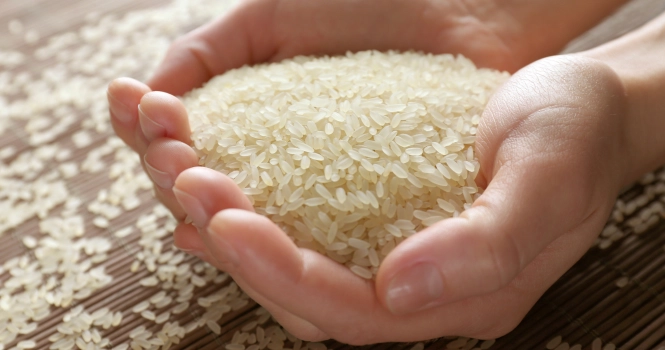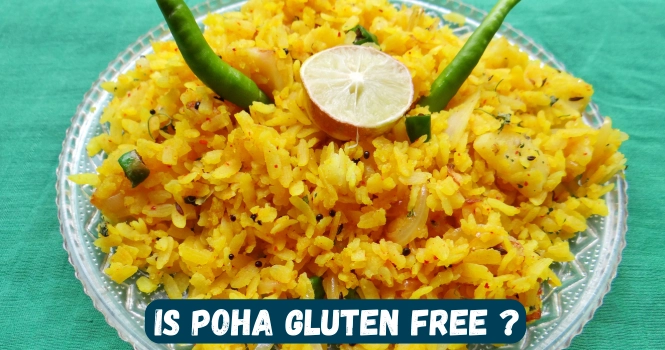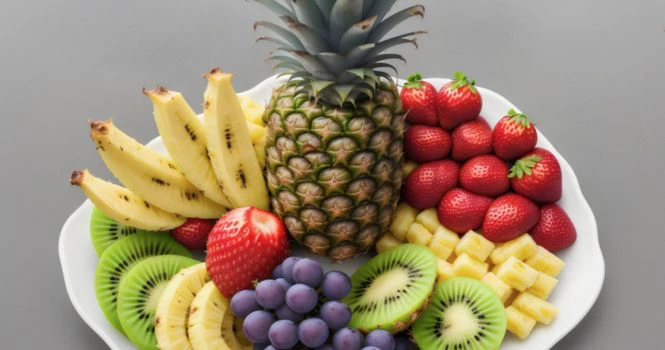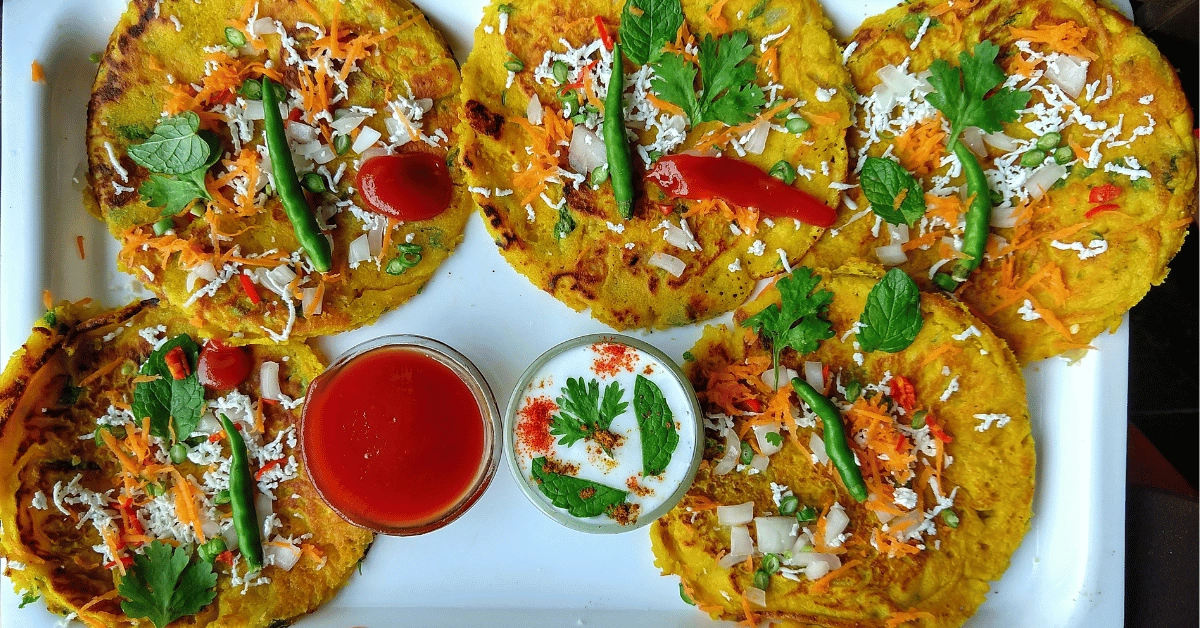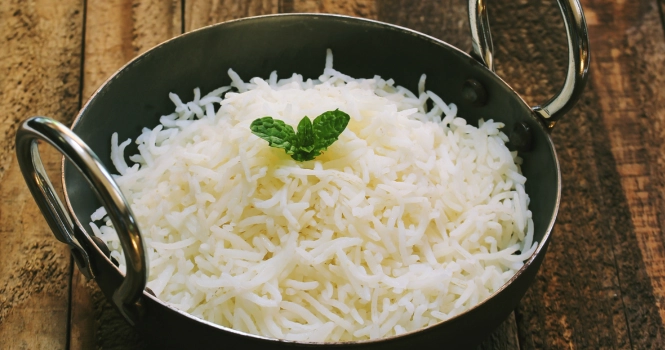Exploring the Fiber Content in Poha
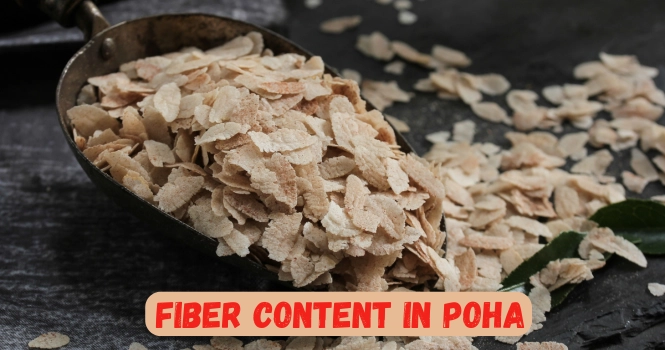
Poha, a popular Indian breakfast made from flattened rice, is not only cherished for its versatility and delicious taste but also for its nutritional value. Among its various health benefits, the fiber content in poha is a topic of interest for many health-conscious individuals.
Understanding the fiber content and how it contributes to a balanced diet is essential for incorporating poha into your meals mindfully.
Let’s explore the fiber content in poha and its implications for your health.
Poha is made by parboiling paddy rice, then flattening it out to dry. The result is a light, fluffy grain that is easy to cook and digest. Poha is a staple in many Indian households, often seasoned with mustard seeds, turmeric, onions, and herbs, making it a nutritious and filling meal.
Fiber Content in Poha
While poha is primarily a source of carbohydrates, it also contains a modest amount of dietary fiber.
On average, 100 grams of poha can contain about 2 to 3 grams of fiber.
The exact fiber content can vary slightly depending on the type and brand of poha. Although not as high in fiber as some whole grains, poha can still contribute to your daily fiber intake.
The Importance of Dietary Fiber
Dietary fiber plays a crucial role in maintaining digestive health. It aids in bowel regularity and helps prevent constipation. Fiber also contributes to satiety, which can help in weight management by making you feel fuller for longer periods.
Moreover, a diet high in fiber is associated with a lower risk of developing chronic diseases such as heart disease, diabetes, and certain types of cancer.
Incorporating Poha into a High-Fiber Diet
To maximize the health benefits of poha, especially its fiber content, consider the following tips:
1. Add Vegetables: Enhance your poha dish with a variety of vegetables like peas, carrots, spinach, and bell peppers. This not only increases the fiber content but also adds vitamins and minerals.
2. Mix with Whole Grains: For a fiber-rich meal, you can mix poha with other whole grains like quinoa or brown rice. This combination makes for a nutritious and satisfying meal.
3. Include Legumes: Adding legumes like chickpeas, lentils, or beans to your poha dish can significantly boost its fiber content, along with providing additional protein.
4. Top with Nuts and Seeds: Garnish your poha with a handful of nuts or seeds such as flaxseeds, chia seeds, or almonds. These not only add a crunch but are also excellent sources of fiber and healthy fats.
Poha is a versatile and nutritious option for breakfast or any meal of the day, with a modest but valuable fiber content. By incorporating poha into your diet, along with a variety of vegetables, whole grains, legumes, and nuts, you can enjoy a delicious meal that supports digestive health and contributes to overall well-being.
Remember, a balanced diet rich in fiber is key to maintaining good health, and poha can be a part of this healthy eating pattern.
Related Reading: Managing digestive conditions like diverticulitis also requires smart food choices.
👉 Can you eat pizza during diverticulitis? Here’s what you need to know.




